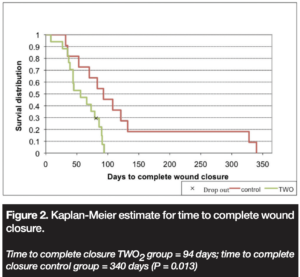Nutrition for Enhanced Wound Care of stage II, III, and IV Pressure Ulcers (Bed Sores):
Protocol:
In addition to food, add
Research
- “Diet C was the standard hospital diet plus two tetrapaks of a defined arginine-containing supplement supplying an additional 2100 kJ (500 kcal), 21 g protein, 0 g fat, 500 mg vitamin C, 30 mg zinc and 9 g of arginine (Resources Arginaid Extra; Novartis, MN, USA). At 0, 1, 2 and 3 weeks, assessment was made of the patients’ weight, blood biochemistry and pressure ulcer severity.”
- The effect of different doses of an arginine-containing supplement on the healing of pressure ulcers
- “Over a 3-week period, patients in the group receiving additional arginine (9g per day), vitamin C and zinc showed an approximate 2.5-fold greater improvement in PU healing (p<0.05) compared with those on the other two diets.”
- The 9.0g arginine group consumed the standard hospital diet plus 9g arginine (two sachets of Arginaid).”
- “This article reviews the basic biochemistry and cell signaling within which arginine performs its functions. In particular, the requirement for this amino acid in tissue repair is highlighted.”
Oxygen Therapy in the Treatment of Pressure Ulcers:
Devices:
Research:
- “… the majority of oxygen in infected chronic wounds is probably used to fight infection via the ROS-system, leaving almost no oxygen for wound healing.”
- “… the dilemma in wound healing is that the oxygen supply is limited while oxygen demand increases significantly.”
- “Topical oxygen therapy. The big question is whether topical oxygen can penetrate the wound surface to increase the pO2 in the wound tissue. ”
- “The proportion of wounds healed and time to healing was good in both treatment groups but significantly better in the topical oxygen (TWO2) than in the silver dressing group.”

- The manufacturer of the topical wound oxygen devices, AOTI Ltd (Galway, Ireland), supported the study by providing the medical devices and the oxygen for use during the study.
